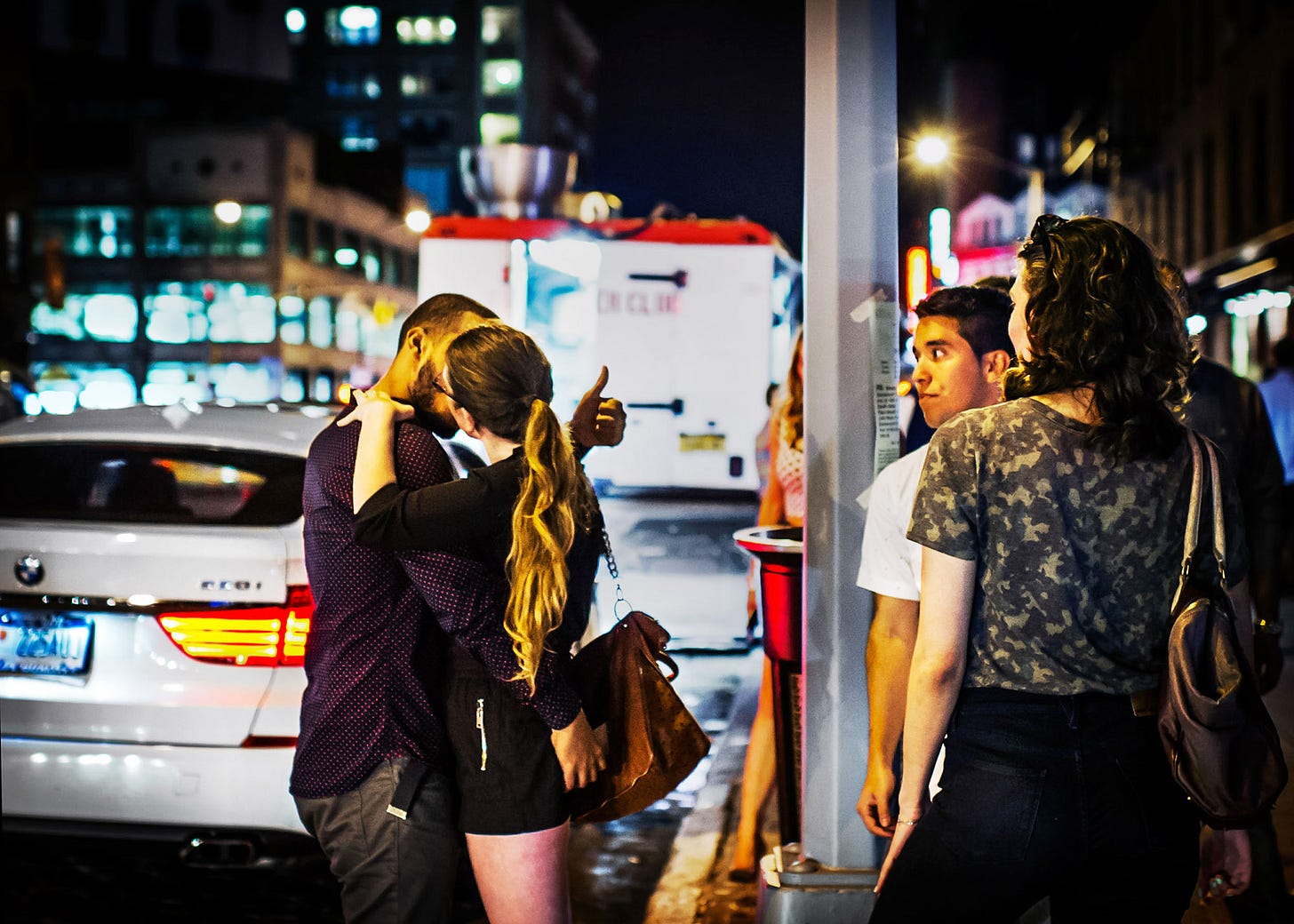Favorite Advice and Hacks That Rewired My Photography
Editing hacks, prisms, sight gags, adjectives, portraits, B&W, and more.
Welcome to In the Flash, a weekly, behind-the-lens dialogue on photography. To join the conversation
After my last newsletter about bad advice set off a vigorous debate, I thought I’d return to the subject, but this time from the opposite direction. I gathered many of the practices and hacks that changed my work, even if in small, incremental ways. Some of these came from mentors or colleagues; others I discovered on my own after years of mistakes and dead ends.
I’ve always found popular slogans like find joy in the process, embrace your creativity, step out of your comfort zone, etc., unhelpful and vague. They sound profound, but collapse under scrutiny because the question remains, but how? Instead, I focused on micro-advice, the hacks and approaches that sound more mundane than falling in love with seeing, but that either changed my way of thinking or streamlined the shooting/editing process in a quantifiable way. Of course, the caveat of any photography advice is that what works for one person is another person’s eye roll. Which is how it should be. Universal slogans are crowd-pleasers, targeting everyone but helping no one in particular, while progress comes from oddly specific, quirky bits of advice that fit someone’s practice with precision.
Never double noses
This nugget of wisdom was told to me by Kathy Ryan, and though it seems obvious in hindsight, it was inaccessible to me when I started playing with prisms. I used prisms as a cheat code for visual intrigue, thinking that anything doubled must, by some dubious logic, be twice as interesting. The novelty wore off quickly. The more I doubled, tripled, and refracted, the more disappointed I became, since it’s difficult to translate an aesthetic gimmick into an expressive and meaningful portrait. When Kathy looked at my portraits, she right away pointed out a glaring flaw, the dulled impact as a direct result of doubling features with no expressive content — the noses, chins, or ears. That was revolutionary to hear. I began using prisms with more restraint and focus, aiming to echo emotion rather than anatomy, and the portraits right away became more arresting.


